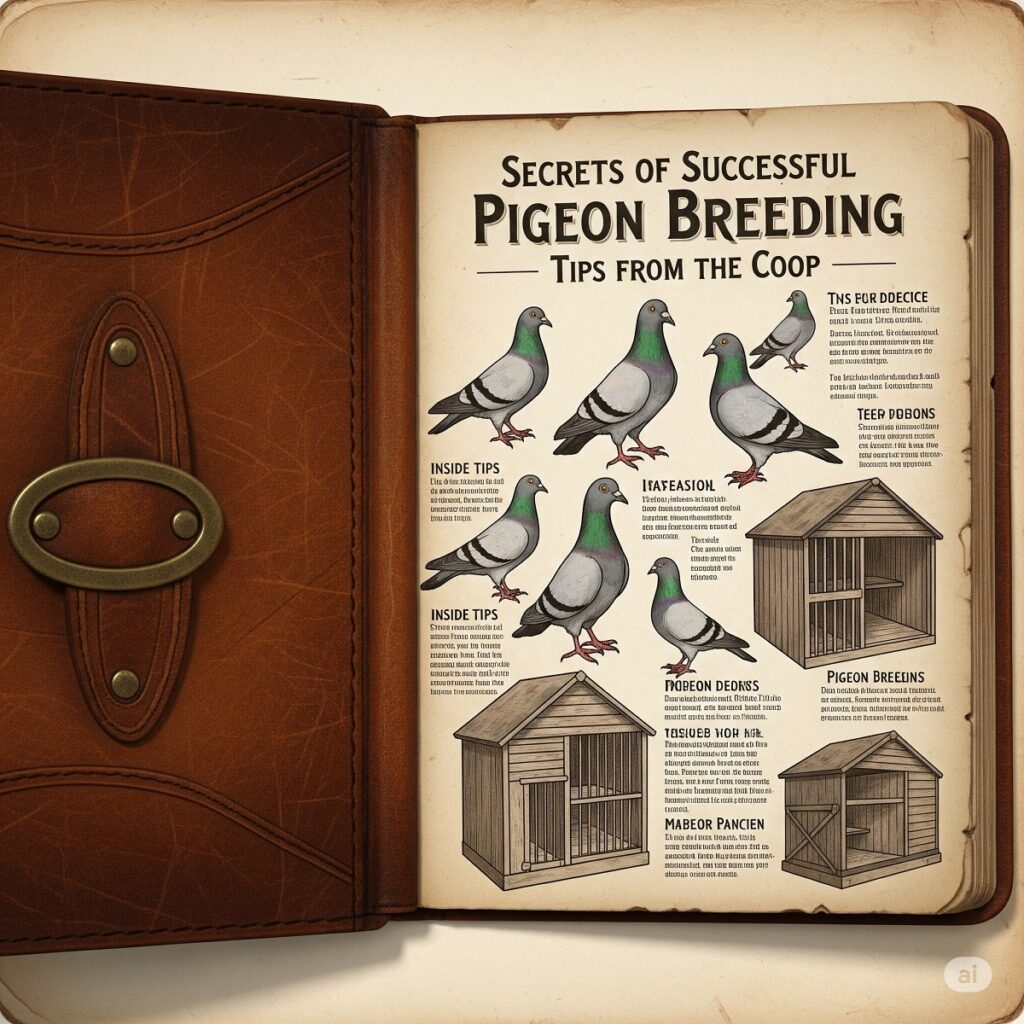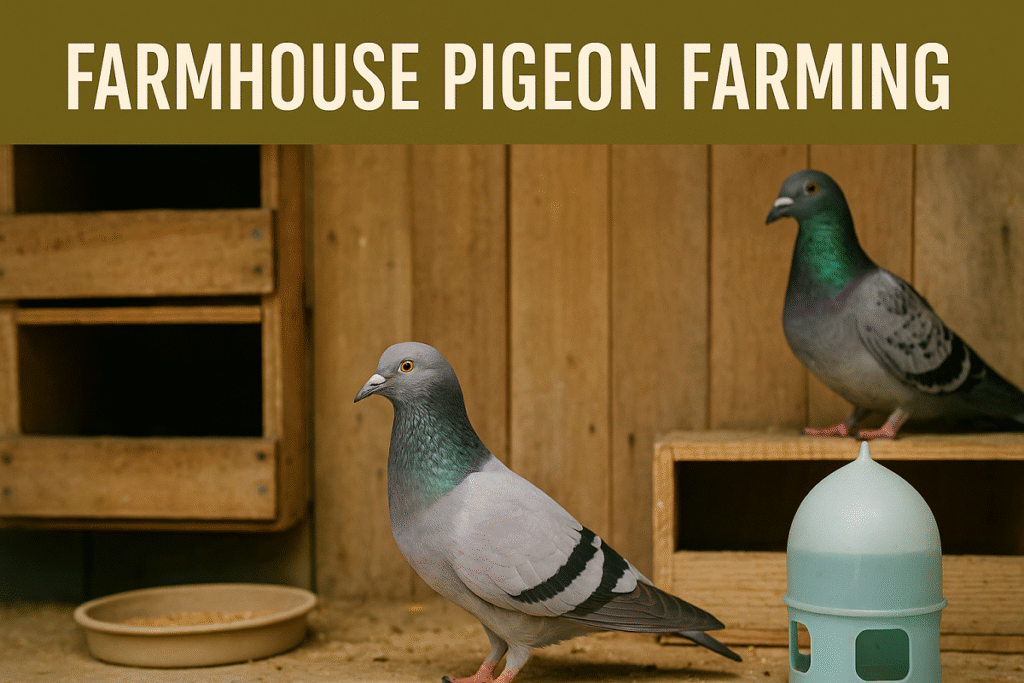How Does Pigeon Racing Work for Beginners
Pigeon racing is a fascinating and competitive hobby that involves training homing pigeons to return to their lofts from distant locations in the shortest time possible. For beginners, this sport might seem complex, but with the right guidance, anyone can get started and enjoy the thrill of racing birds.
What Is Pigeon Racing?
Pigeon racing involves releasing trained homing pigeons from a specific point and timing how long it takes them to return home. These birds have a natural instinct to return to their lofts, often flying hundreds of kilometers to do so. The bird with the fastest average speed wins the race.

Choosing the Right Pigeons
To get started, you’ll need to purchase good-quality racing pigeons, often referred to as “homers.” These birds are bred specifically for their homing instincts, endurance, and speed. New fanciers (pigeon keepers) are encouraged to buy birds from reputable breeders or local racing clubs.

Building a Pigeon Loft
A secure and well-ventilated loft is essential. This is where your pigeons will live and train. It must be predator-proof, clean, and provide enough space for the number of birds you plan to keep. Most lofts are equipped with perches, nesting boxes, and feeding areas.
Training Your Pigeons
Training starts when the pigeons are young. They must learn to identify the loft as their home. Once they can freely return from short distances, you gradually increase the distance of training flights. This helps build their navigation skills and stamina.
Key Steps in Training:
- Letting birds out daily to circle around the loft
- Short-distance tosses (1–5 km), increasing over time
- Maintaining a consistent routine and feeding schedule
Joining a Racing Club
Beginners should join a local pigeon racing club. These clubs organize races, offer advice, and provide tools like electronic timing systems. Most clubs register pigeons using leg bands and help coordinate official race releases.
Race Day: How It Works
On race day, pigeons are transported to a designated release point. Each bird is equipped with a leg band that either contains a chip (for electronic timing) or a paper band for manual timing. Once released, they fly back to their home loft. The timing system calculates the average speed, and the bird with the highest speed is the winner.
Conclusion
Pigeon racing is more than a hobby—it’s a passion that combines animal care, strategy, and competition. With patience, consistency, and support from experienced fanciers, beginners can enjoy the excitement of watching their pigeons soar and succeed.


